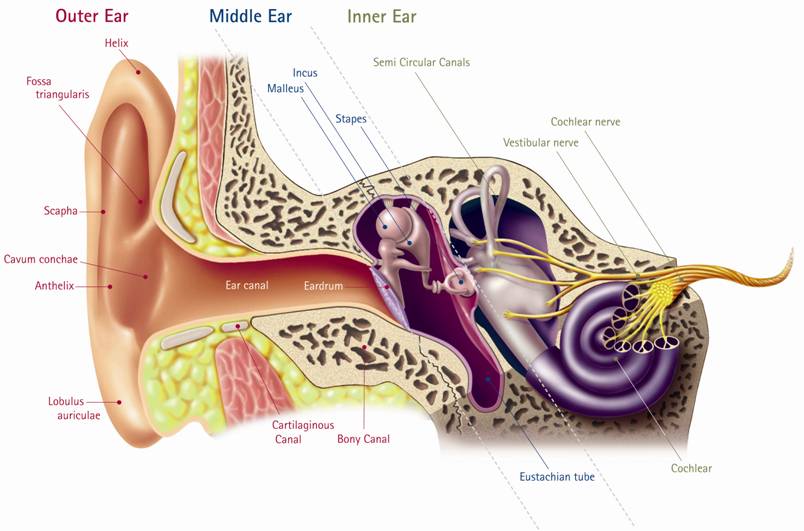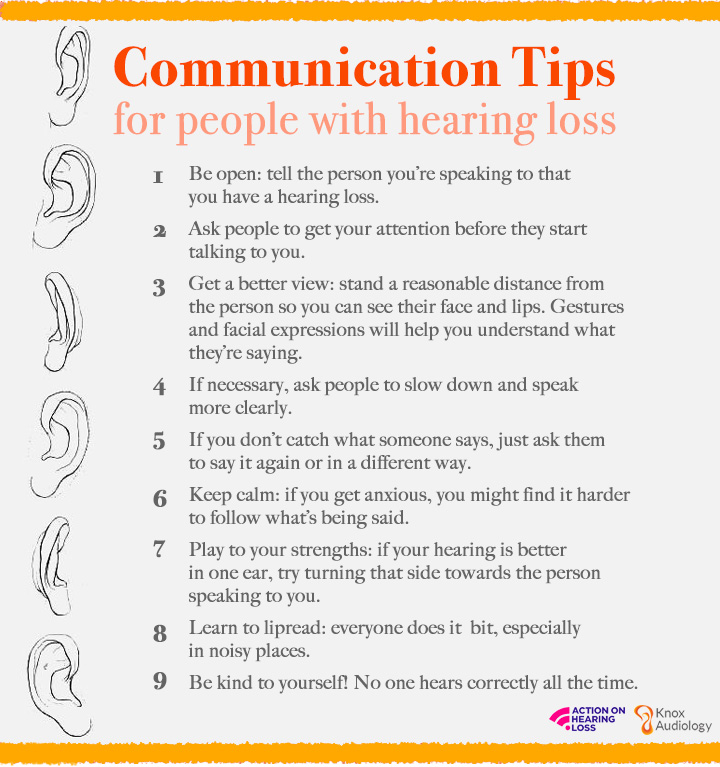Vertigo
Tinnitus
Auditory Processing
Maintain Professionalism
You want to maintain professionalism – and hear what is being said.
When NOT hearing is NOT an option:
Not hearing the announcement when your flight is called.
Not hearing the students in the classroom.
Not hearing your client during negotiations.
A hearing test is the beginning of better hearing.
Hearing Loss is Normal!
Everyone has a measure of hearing loss and there is no reason to be shy about it.
The ability to hear is such an integral part of life that most people take it for granted. Hearing loss is the world’s single most common disability. Correcting it can result in a significant improvement in quality of life!

How Hearing Works
Our two ears act as a type of receiving station for the brain. One ear is directed to the left, the other to the right. When the ears pick up a sound, the brain calculates the angle from which the sound has arrived. However with only one ear functioning properly, origin of sound is impossible to determine.

Function and Dysfunction
The ear is a very complex organ comprising of three parts: the outer ear, the middle ear and the inner ear. Hearing loss can result from damage to any of these three parts. Hearing loss resulting from a problem located in the outer or middle ear is called a conductive hearing loss. From the inner ear the auditory nerve transmits information to the brain.
Hearing loss caused by a damaged inner ear is called a sensorineural hearing loss. A combination of a conductive and sensorineural hearing loss is known as a mixed hearing loss. In order to gain a better understanding of hearing loss, it is important to know how the ear functions.
The outer ear
The outer ear includes the pinna, the auditory canal and the eardrum. These structures channel sounds from the environment into the middle ear. The pinna helps to gather sound waves and the auditory canal directs them to the eardrum.
The middle ear
The middle ear is an air-filled cavity that contains the smallest bones in the human body – the malleus, incus and stapes, which are connected to the eardrum and the inner ear. The Eustachian tube keeps the air pressure in the middle ear equal to that of the surrounding environment.
The inner ear
In the inner ear, the cochlea processes sound, while information affecting balance is processed by the semicircular canals. There are tiny hair cells along the entire length of the fluid-filled cochlea. When the fluid in the cochlea is displaced by sound waves, the hair cells bend. This triggers a chemical response that transmits the message to the area of the brain in charge of processing and interpreting what we hear.
Causes of Hearing Loss in…
…the outer ear
Typical problems include excessive accumulation of earwax and infections of the auditory canal (e.g. ‘swimmer’s ear’).
…the middle ear
Perforation of the eardrum, infection or fluid in the middle ear and otosclerosis (a calcification around the stapes limiting its ability to move) are the most common causes. Many outer and middle ear problems can be treated successfully with medication or surgery. In cases where treatment is not effective, remaining hearing loss can usually be helped by using hearing instruments.
…the inner ear
The majority of hearing problems result from damaged inner ear structures. Typical causes are the natural aging process, excessive exposure to noise, medication that is toxic to the auditory system and head injuries. As a rule, this damage cannot be reversed but can be largely overcome with hearing instruments.

